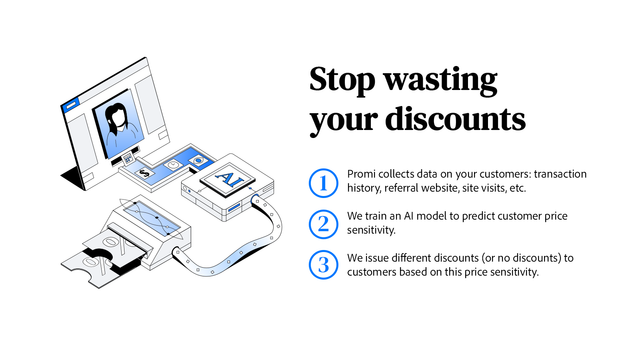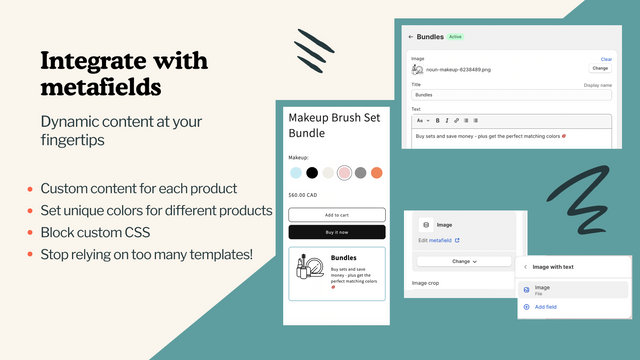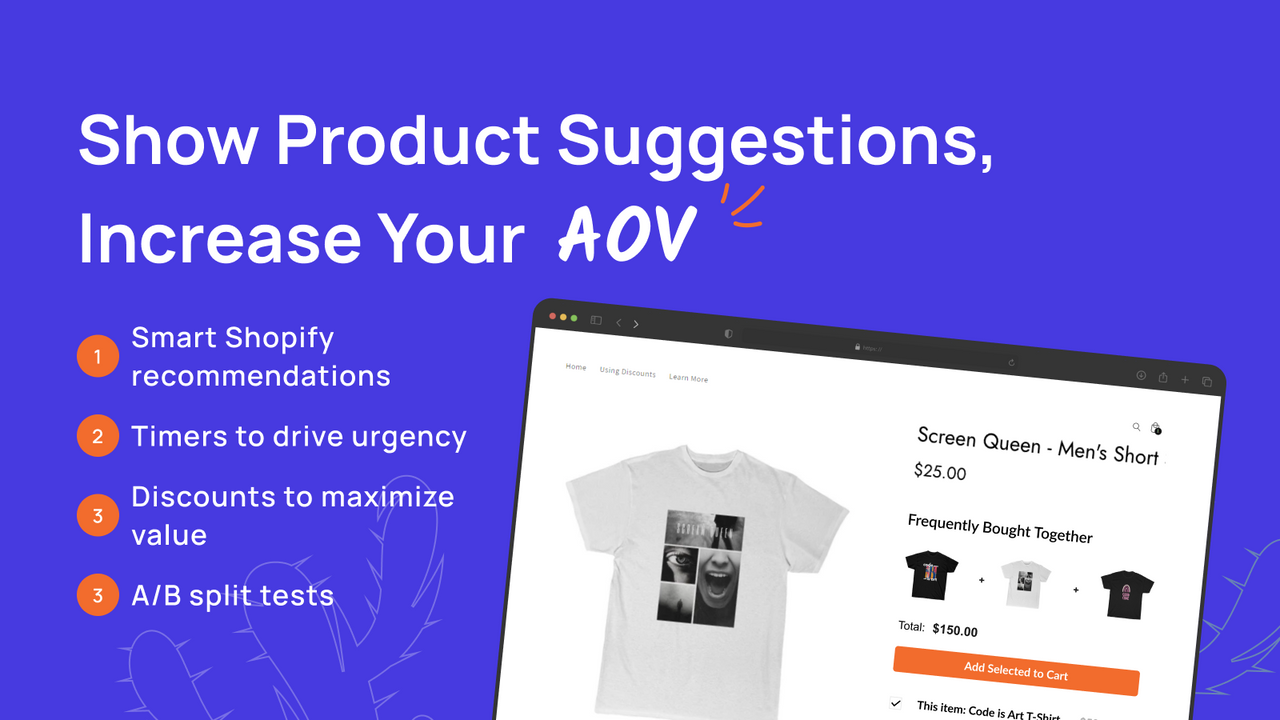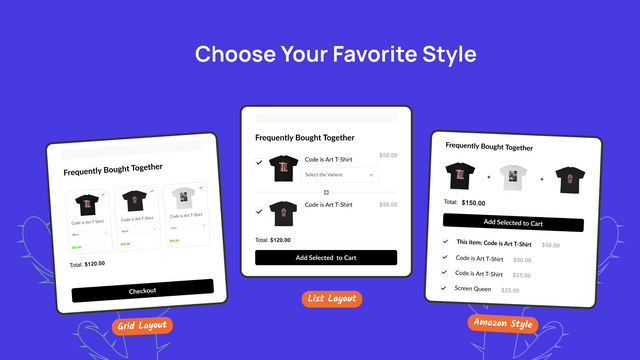In today's digital age, social media integration has become an essential part of any successful marketing strategy. By seamlessly incorporating social media platforms into your overall marketing plan, you can effectively engage with your target audience, enhance brand visibility, and drive traffic to your website. In this article, we will explore the importance of social media integration, key elements for a successful integration strategy, how to overcome common challenges, and how to measure the success of your efforts.
Understanding Social Media Integration
Social media integration refers to the process of incorporating social media platforms into your overall marketing strategy to create a cohesive and consistent brand presence across different channels. It involves identifying the right platforms for your target audience, creating engaging content, and managing your online reputation effectively.
The Importance of Social Media Integration
Social media integration is crucial for building brand awareness and creating a strong online presence. By leveraging popular social media platforms such as Facebook, Instagram, Twitter, and LinkedIn, you can reach a wider audience and engage with them directly. This allows you to build meaningful relationships with your customers, enhance brand loyalty, and ultimately drive conversions.
Key Elements of Social Media Integration
There are several key elements to consider when integrating social media into your marketing strategy:
- Identify Your Target Audience: Understanding your target audience is essential for effective social media integration. Research their demographics, interests, and online behavior to ensure that you are using the right platforms and creating content that resonates with them.
- Choose the Right Social Media Platforms: Not all social media platforms are suitable for every business. Consider the nature of your products or services, the demographics of your target audience, and the goals of your marketing campaign when selecting the platforms to focus on.
- Create Engaging Content: To capture the attention of your audience, it is crucial to create original and engaging content. This can include informative blog posts, eye-catching images, engaging videos, and interactive infographics.
Another important element of social media integration is consistency. Consistency in your brand messaging and visual identity across different social media platforms helps to reinforce your brand and make it easily recognizable to your audience. This means using consistent brand colors, fonts, and tone of voice in your social media posts. It also means maintaining a consistent posting schedule, so that your audience knows when to expect new content from you.
Furthermore, social media listening is a crucial aspect of social media integration. By monitoring social media platforms for mentions of your brand, products, or industry, you can gain valuable insights into what your audience is saying about you. This allows you to respond to customer feedback, address any concerns or issues, and even identify opportunities for improvement or new product ideas.
Lastly, measuring and analyzing the impact of your social media integration efforts is essential for optimizing your strategy. By tracking key metrics such as engagement, reach, and conversions, you can identify what is working well and what needs improvement. This data-driven approach enables you to make informed decisions and refine your social media integration strategy over time.
Strategies for Effective Social Media Integration
Now that we understand the importance of social media integration, let's explore some strategies to ensure its effectiveness.
Effective social media integration goes beyond just having a presence on various platforms. It requires a thoughtful approach that takes into account your target audience, the right social media platforms, and engaging content.
Identifying Your Target Audience
The first step in developing a successful social media integration strategy is identifying your target audience. By understanding who your ideal customers are, their interests, and online behavior, you can tailor your content and social media approach to resonate with them. Conducting market research, analyzing customer data, and monitoring social media conversations can help you gain valuable insights into your target audience.
For instance, if you're a fashion brand targeting young adults, you might discover that Instagram and TikTok are the platforms where your audience spends most of their time. Armed with this knowledge, you can create visually appealing content and leverage popular hashtags to increase your brand's visibility and engagement.
Choosing the Right Social Media Platforms
Not all social media platforms are created equal, and it's important to choose the ones that align with your business goals and target audience. Consider factors such as user demographics, platform features, and your marketing objectives when selecting the right platforms for your social media integration strategy. For example, if you are targeting a professional audience, LinkedIn might be more suitable than Facebook.
However, it's important to keep in mind that social media trends are constantly evolving. What may be popular today might not be tomorrow. Stay updated on the latest platform developments and be open to exploring new platforms that align with your target audience's preferences.
Creating Engaging Content
Creating engaging content is essential for capturing the attention of your audience and keeping them interested in your brand. Develop a content strategy that aligns with your brand values and objectives. Use a mix of formats, such as blog posts, images, videos, and infographics, to keep your social media presence diverse and engaging.
Remember, social media is not just a one-way communication channel. It's an opportunity to interact with your audience and build meaningful connections. Regularly monitor and respond to comments and messages from your audience to foster a sense of community and build trust. Show genuine interest in their opinions and provide valuable insights or solutions to their queries.
By consistently delivering high-quality content and engaging with your audience, you can establish your brand as a trusted authority in your industry and drive meaningful results through social media integration.
Overcoming Challenges in Social Media Integration
While social media integration offers numerous benefits, it also comes with its fair share of challenges. Here are some common obstacles you may encounter and strategies to overcome them.
Social media integration has become a vital component of modern marketing strategies, allowing businesses to connect with their audience on a more personal level. By leveraging the power of social media platforms, companies can increase brand awareness, drive website traffic, and engage with customers in real-time.
Managing Multiple Platforms
Managing multiple social media platforms can be overwhelming, especially if you have a limited marketing team or resources. To overcome this challenge, consider using social media management tools that allow you to schedule posts, track engagement, and analyze performance across multiple platforms. This can help streamline your social media efforts and ensure you maintain a consistent brand presence.
Additionally, creating a content calendar can help you plan and organize your social media posts in advance, ensuring a steady stream of content across all platforms. By mapping out your content strategy, you can maintain a consistent posting schedule and keep your audience engaged.
Ensuring Consistent Branding
Consistent branding is essential for successful social media integration. Ensure that your brand identity, including your logo, color scheme, and tone of voice, remains consistent across all social media platforms. This helps reinforce brand recognition and creates a cohesive user experience.
Furthermore, developing brand guidelines that outline your brand's visual and verbal identity can serve as a reference point for maintaining consistency. These guidelines can help your team understand the key elements of your brand and ensure that all social media content aligns with your brand's values and messaging.
Dealing with Negative Feedback
Not all feedback received on social media will be positive. Dealing with negative comments or customer complaints requires a delicate approach. Always respond to negative feedback promptly and professionally, addressing the issue directly. This shows your commitment to customer satisfaction and can help turn a negative experience into a positive one.
Moreover, implementing a proactive approach to managing customer feedback, such as monitoring brand mentions and sentiment analysis, can help you identify potential issues before they escalate. By actively listening to your audience and addressing concerns in a timely manner, you can demonstrate your dedication to customer service and build trust with your followers.
Measuring the Success of Social Media Integration
As with any marketing strategy, it's essential to measure the success of your social media integration efforts. By tracking key metrics and analyzing the data, you can identify what works and make informed decisions to optimize your strategy.
Tracking Engagement and Interaction
Engagement is a crucial metric to measure the success of your social media integration. Track metrics such as likes, comments, shares, and clicks to gauge how well your content resonates with your audience. Additionally, monitoring the growth of your social media following can indicate the effectiveness of your integration efforts.
Analyzing Social Media Metrics
Take advantage of the analytics tools provided by each social media platform. These tools allow you to analyze metrics such as reach, impressions, click-through rates, and conversions. By identifying trends and patterns in the data, you can make data-driven decisions to improve your social media integration strategy.
Adjusting Your Strategy Based on Results
The success of social media integration is an ongoing process. Continuously monitor and evaluate the results of your efforts and be willing to make necessary adjustments. By analyzing your data and listening to customer feedback, you can refine your strategy and ensure long-term success.
In conclusion, effective social media integration is crucial for businesses to thrive in the digital world. By understanding the importance of integration, implementing the key elements, overcoming challenges, and measuring success, you can create a strong online presence, build meaningful relationships with your audience, and drive business growth.
Ready to elevate your Shopify store's social media prowess? Let Owlfred, your wise companion from OwlMix, guide you to the perfect tools for success. With our extensive directory of innovative Shopify apps, you can enhance your online business and seamlessly integrate social media into your marketing strategy. Don't miss out on the opportunity to connect with your audience and grow your brand. Find your next Shopify app today and watch your e-commerce experience take flight!

















